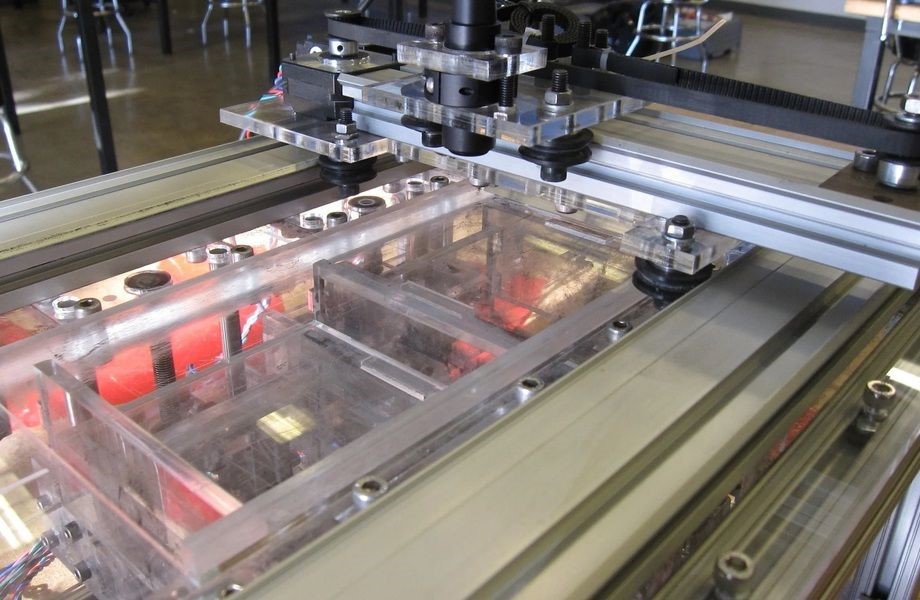3D printing with Selective Laser Sintering (SLS) is revolutionary in the field of product development. This cutting-edge manufacturing technique fuses powdered material into solid pieces using a laser. Here are some reasons why SLS 3D printing is a valuable tool for creating contemporary products.

Enhanced Design Flexibility
Unmatched design versatility is one of the most notable advantages of SLS 3D printing. When compared to conventional production techniques, SLS dispenses with the requirement for specialized tools and enables the development of complicated geometries and precise details. Designers can play with interior channels, lattice structures, and organic designs that would be impractical or unfeasible to create with traditional techniques. This flexibility promotes creativity and makes it possible to create unique, useful products that satisfy particular demands.
Cost Efficiency
SLS 3D printing does away with the need for expensive upfront tooling and mold costs associated with traditional manufacturing methods. The materials needed for printing are the sole expenses. For small to medium-sized manufacturing runs and custom products, where traditional processes can be prohibitively expensive, this cost savings is especially beneficial. Furthermore, waste is reduced through the use of reusable powdered ingredients in SLS 3D printing, which lowers costs even more.
Strong and Durable Parts
Parts made with SLS 3D printing have remarkable mechanical qualities. Strong, long-lasting components are produced by layer-by-layer fusing of powdered materials, usually nylon or other polymer powders. Plastic Mould China and SLS are reliable options for creating prototypes that closely resemble the functionality and durability of the final product since these parts are well-suited for functional testing and end-use applications.
Material Versatility
A vast variety of materials can be used for SLS 3D printing, which opens up a world of options. Commonly used materials include metal composites, glass-filled polymers, and different types of nylon. Designers can choose the ideal material for their particular requirements by considering the various qualities that each material offers, such as strength, flexibility, or heat resistance. This adaptability is crucial for creating goods that need special properties from their materials.
Reduced Lead Times
Long lead times are a common feature of conventional production techniques, since mold fabrication and setup are required. On the other hand, SLS 3D printing drastically reduces lead times. Once a design is uploaded, printing can immediately commence, and parts can be used within a matter of hours or days. Meeting deadlines and adjusting to changes in project scope or design depend on this quick turnaround.
Customization and Low-Volume Production
Low-volume runs and bespoke product production are perfect applications for SLS 3D printing. It is possible to individually customize each item to meet particular needs without affecting the total cost of manufacture. This feature is particularly useful in sectors like healthcare, where customized implants or medical equipment are required, and consumer goods, where customization is becoming more and more popular.
SLS 3D printing has many advantages in product creation, including improved design flexibility, quick prototyping, cost effectiveness, and material variability. Companies may pace up their development processes, produce cutting-edge goods, and maintain their competitiveness in the market with these benefits. SLS 3D printing will surely become even more important in determining the direction of manufacturing as technology develops.
















